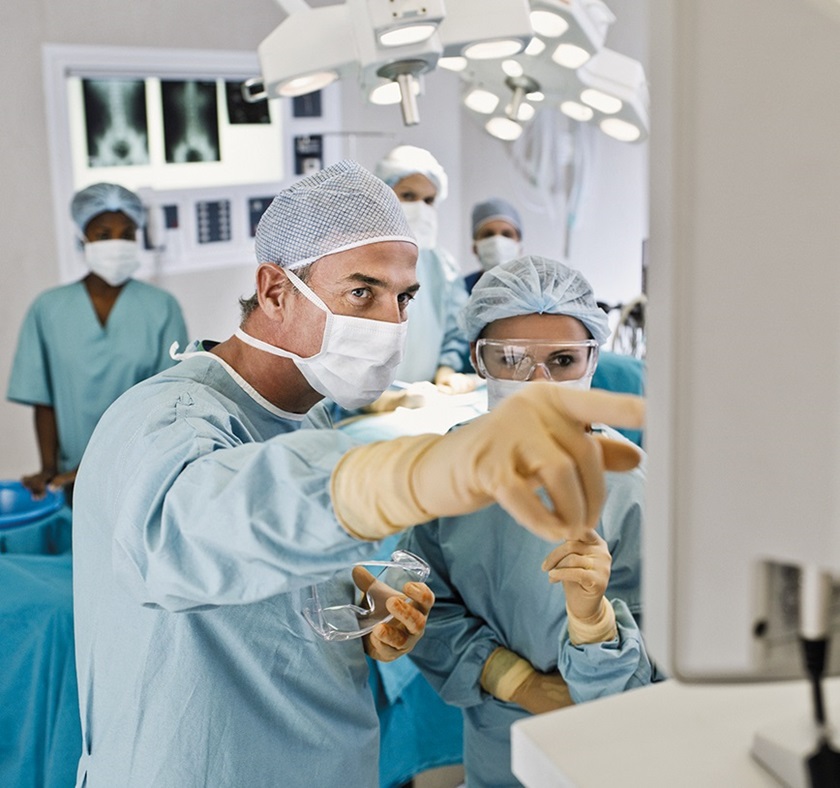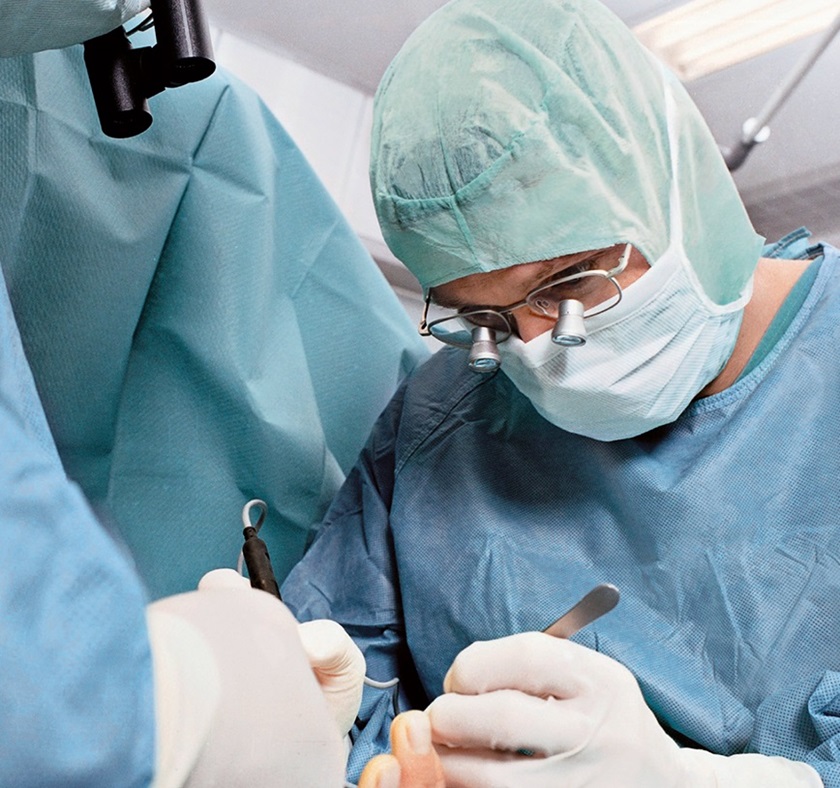Why single-use clothing and sterile draping of patients helps reduce cross-contamination and thereby increasing economic efficiency.
To minimise the risk of germ transfer in surgical operating theatres, sterile draping of patients, their surroundings and the wearing of sterile clothing are all essential safety measures, irrespective of the nature of the operation. Given their vital role in infection protection, draping materials and operating theatre clothing are legally regarded as medical products with their production and quality testing subject to European Standard EN 13795.
Different operations have different risks of infection. Long, complex operations involving high levels of blood and irrigating fluids, carry the highest risk while risk is lower, but still present, in shorter operations where large amounts of body fluids are not expected.
Even with careful observance of hygiene standards, and execution of the usual antibiotic prophylaxis, after elective surgical procedures there is infection at the surgical site in approx. 1-5 % of cases. For the patients affected this means prolongation of their pain and functional restrictions – even if there are no more serious consequences. (Herwaldt LA et al., A prospective study of outcomes, healthcare resource utilisation, and costs associated with postoperative nosocomial infections. Infect Control Hosp Epidemiol 2006;27:1291-1298)

Patient care and health economics
Minimising infection is primarily about patient care, but it is also a fundamental consideration in hospitals’ health economics. A study of the University Hospital of Wisconsin, USA, shows that the additional period of hospitalisation that is required for treating postoperative infections in surgery represents a decisive cost factor.
Single use vs. Reusable Materials
The material used in drapes and sterile clothing also raises issues of health economics. Material safety and the associated high level of protection against infection are certainly the most important of many reasons why draping materials and operating theatre clothing made of nonwoven fabric are often preferred to reusable textile systems. However, another benefit is that single-use materials remove the need for sophisticated reprocessing of reusable textile systems, which is a cost-intensive undertaking.

Safety standards
Single-use and reusable products are subject to the same safety standards and apply to reusable products for their entire life cycle. Their production and quality testing are subject to European Standard EN 13795. The most important test methods relate to the material properties that are essential for reliable protection against infection: particle release (linting) (ISO 9073-10), resistance to liquid penetration (European Standard EN 20811) and wet microbial penetration (Harmonized Standard EN ISO 22610).
